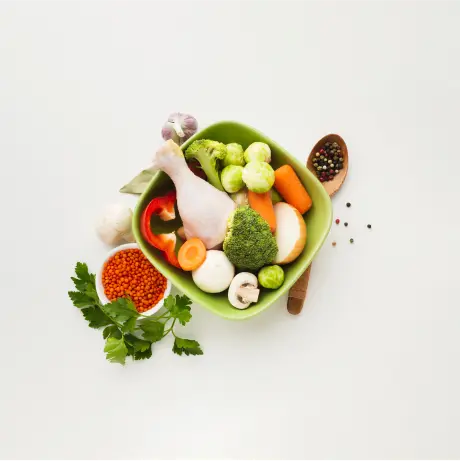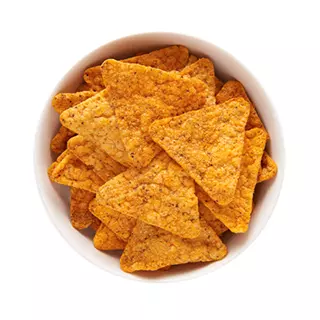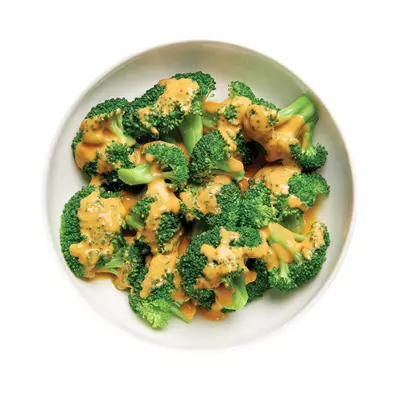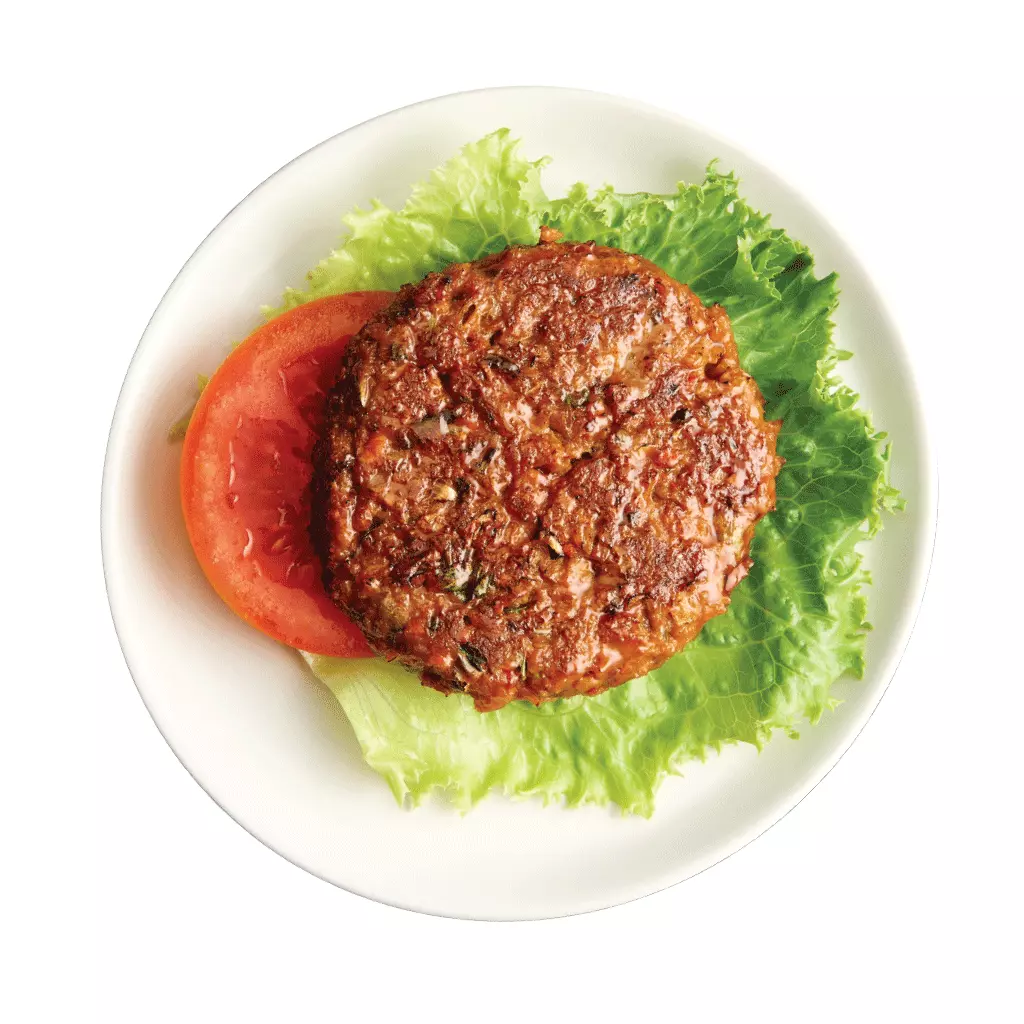Ideal Protein is a medically-tested, modified ketogenic diet. The weight loss protocol is broken into 3 phases with phase 1 being the part where you will lose most of your weight. The key secret of the program’s applauded success lies in its low-carb, low-fat, adequate-protein rich food environment and proper guidance from the Coaches.
Needless to say, the Ideal Protein phase 1 puts involves some food and lifestyle restrictions to help you achieve the full benefit of the program. Through our experience, we understand that some dieters may find it difficult to stick to the diet with so many temptations around us. This is why we have compiled some tips to make it easier for you to stay on track and complete the Ideal Protein phase 1 journey successfully.
1. Journaling
Research has indicated that people who journal their food are more likely to be successful in losing weight and maintaining it than those who don’t.
Keeping a food journal helps in the following ways:
- Creates accountability
- Allows you to track your progress
- Helps you to identify patterns or triggers (such as emotional eating, overeating at night)
- Increases your awareness of what you are eating
- Helps you identify foods or areas of concern and extra calories
A journal is an essential tool for both dieters and coaches on phase 1 of Ideal Protein. It helps coaches discover their dieters’ habits and make the necessary changes in their weekly coaching sessions.
Since a coach cannot be with the dieter throughout the day, a journal is a valuable tool that gives them an idea of the dieter’s daily habits and will be crucial in helping them reach their weight goals. When journaling is enforced right from the beginning, it will develop a habit in dieters and help them maintain it even when they get to phase 3 and beyond.
In the same way you wouldn’t go to a gym class without your running shoes, an Ideal Protein dieter should not also attend a weekly coaching session without their food journal.
Our Daily Journal (Phase I-III) is specifically made for dieters to help them monitor what and how much food and drink they eat and to ensure they are getting the daily recommended amount of supplements.
2. Attending Weekly Coaching Sessions
Having a weekly meeting with your coach will allow you to receive the necessary guidance to stay motivated and stick to the diet plan. Your coach can provide answers to any questions you may have and help you overcome any challenges. They can also help you make the right food and diet choices, especially when you are eating out and attending a special event.
3. Meal Prepping
Preparing your food in advance can help improve your stay on track, save time, minimize stress around mealtime, and assist you in achieving a healthy weight.
This is a common practice among people with a hectic schedule, as it saves them both money and time. As an Ideal Protein dieter, meal prepping can help you maximize losses, prevent boredom, and ensure that you stay on track to reach your phase 1 weight goals.
When you have your meals prepared in advance, it will ensure that you take the correct portion sizes, enabling you to achieve your daily nutrition goals. It will also save you from making poor food choices when you are stressed or don’t have the energy to cook.
Since meal prepping involves choosing what to eat ahead of time, it can allow you to enjoy more nutritious and exciting meals over time.
4. Taking the Necessary Supplements
You may not receive all your daily recommended amounts of minerals and vitamins when you significantly reduce your food and calorie consumption while on Ideal Protein phase 1. Also, if you were eating a lot of empty calories or unhealthy foods before embarking on the protocol (which is very likely the case), you might be lacking in some nutrients and vitamins even before beginning the protocol.
Fortunately, there are many Ideal Protein supplements that are formulated to make sure dieters get the maximum amounts of essential nutrients that their body needs per day, according to Recommended Dietary Allowances (RDA) guidelines.
What are the Ideal Protein Supplements Needed?
You are going to need four Ideal Protein supplements when following the diet protocol.
These include the potassium supplement, Omega-3 plus supplement, Cal-Mag supplement, and the Multi-Vitamin. As we strive to make sure you are receiving the ideal amount of protein in your diet every day, these supplements will also ensure that your body gets the minimum amount of nutrients it needs daily.
These Ideal Protein vitamin supplements do not contain any nutrients that could cause an overdose or be regarded as a high dose. However, in some cases, you may need additional supplementation, depending on your age or a particular medical condition. If you require additional supplementation, your diet coach will address this issue under the guidance of your physician.
#1: The Ideal Protein Vitamin Supplement: The Multi-Vitamin
When you take a multivitamin, your body will receive adequate amounts of essential minerals and vitamins that you might not be getting from a restricted diet. The Multi-Vitamin is an Ideal Protein vitamin supplement that’s specifically made for dieters to fill the nutrient voids created by the significant reduction in food variety. It enhances many of the normal bodily functions and aids in weight loss.
#2: Ideal Protein Supplement: Cal-Mag
The Cal-Mag supplement has about 600 mg of calcium citrate (21% elemental calcium), while a lot of calcium supplements out there contain calcium carbonate (41% elemental calcium). However, calcium citrate is believed to be of greater quality since it is more easily absorbed (bioavailable) by the body.
The Cal-Mag supplement will give you the same amount of calcium you will get from consuming 28 ounces of milk. An 8-ounce serving of whole milk contains 291 milligrams of calcium, while that of skim milk has 302 mg (milligrams). Considering that dairy products are not allowed on the Ideal Protein phase 1, it is crucial to take the Cal-Mag supplement in order to support your body.
Also, the potassium supplement contains additional calcium (200 mg of calcium carbonate), while the Multi-vitamin has 84 milligrams of calcium citrate. These will ensure you receive the proper amount of calcium their body needs per day.
#3: The Ideal Protein Omega-3 Plus Supplement
Omega-3 fatty acids are one type of fat you won’t want to reduce in your diet, even when trying to cut down calories. These fats can be classified into two categories (i) EPA and (ii) DHA, which are present in fish and are essential for many bodily normal functions.
Omega-3 fatty acids help lower triglyceride (TAG) levels, reduce blood pressure, slow down the build-up of fats in the arteries, and make anti-inflammatory drugs more effective.
The Ideal Protein Omega-3 Plus supplement is made from krill oils, which contain the two types of omega-3 fatty acids. We advise that you use two soft gels (which is about 1,530 milligrams in total), preferably when taking an evening meal. These soft gels contain 2:1 of EPA to DHA fatty acids that dieters require every single day.
#4: Potassium: An IP Supplement That Supports Proper Bodily Functions
An average healthy adult is said to lose about 2000 mg of potassium every day through bodily functions like urination, defecation, and urination. The RDAs suggest that you take our Ideal Protein supplement to make up for that lost potassium. While on the Ideal Protein protocol, you are going to receive 332 mg of elemental potassium by consuming two of the Ideal Protein foods.
Multi-Vitamin will provide you with an additional 20 mg of potassium citrate, while the Potassium supplement itself will give you another 312 milligrams of potassium bicarbonate.
Potassium is an essential nutrient for the body. It’s crucial for nerve transmission, heart function, and maintaining the balance of fluids and minerals in the body. Sportsmen and women usually use potassium supplements or consume foods rich in potassium, i.e., bananas, to recompense the loss of potassium due to increased sweating.
Just like Cal-Mag and Multivitamin supplements, the Ideal Protein Potassium Supplement is also meant to provide the minimum daily requirement that you need to fill the voids created by the foods you are restricted from eating when following the weight loss protocol.
5. Having a Plan for Eating Out/ Attending Social Events
Eating out, going to restaurants, traveling, attending get-togethers can easily throw you off the diet. We can all agree that giving in to temptations is easy and the same is true for Ideal Protein dieters. We get lots of messages and questions from our dieters asking how they can manage the social events while sticking to the Ideal Protein Phase 1 restrictions.
The key idea here is to prepare beforehand. If you are going to a restaurant, take a look at their menu and figure out what items are protocol friendly and how would you like it prepared, i.e. burgers with lettuce wraps and salad without cheese etc.
Since the matter is so delicate and happens to almost every dieter, we have prepared a complete eating out guide for our Ideal Protein dieters. Go ahead and check it out here.
6. Ensuring Your Kitchen is Stocked with Compliant Foods
While losing weight requires changing what you eat and your lifestyle, you should not ignore the importance of your kitchen and pantry. How you set up your kitchen, store your foods, and the foods you keep in the kitchen will greatly affect your success.
According to various studies, including one published in PLoS One, proximity has a strong influence on our food choices. That is, you are more likely to eat what you are able to see. So, if you have to store sodas, sugary snacks, or fat-rich foods in your house, it’s advisable to keep them away from yourself.
Consider putting unhealthy food items in hard-to-see areas like the back of your cabinets, on top of your pantry, or just behind healthier ones. When you are unable to see these unhealthy options and have to work to reach them, it will reduce your chances of eating foods that could ruin your nutrition plan.
7. Knowing Your Why
The secret to making lasting habit changes that will help you achieve your diet goals is knowing your motivations. We are all unique in our own ways, and understanding your why can give you an advantage over unavoidable challenges and slips. Here are four questions you should ask yourself:
- How will losing weight or changing my diet benefit me?
- What are the good things that will occur when you shed weight? Create a list if you can.
- What risks am I putting myself into if I refuse to change my diet?
- What other consequences would I experience if I didn’t shed weight?
While concerns about your physical appearance might appear like a great motivation to shed weight, research indicates that it might be weak and short-lived. Besides, embarking on a weight loss program is often associated with some negative results, including low self-esteem, poor body image perception, adopting unhealthy methods, and regaining the lost weight over time.
On the contrary, health-based motivations make you more aware and are linked to positive outcomes in the long run, such as better weight loss, lower probability of weight regain, and better body image. Therefore, we advise that you consider some health-based motivations to achieve your weight loss. It might be an attempt to improve your heart health, become more mobile, improve sleep quality, gain more energy, reduce joint pain, reverse metabolic syndrome, or stop using certain medications.
8. Measuring or Weighing Foods
Our internal “guesstimators” or eyeballing is not a reliable way of measuring the food to eat. For example, what seems like one tablespoon of peanut butter to your naked eye may actually be two! Now, imagine doing this throughout the day; the margin of error can only grow wider and wider.
When you are not using measuring tools, it is very easy to assume that you are consuming the right portion sizes, whereas you may not be.
Research has also found that dieters who measure the quantity of their food tend to be more successful at shedding weight than those who don’t. So, if you are starting a weight loss diet, like Ideal Protein, using a digital food scale will help ensure that you are not consuming more calories than you believe you are.
9. Practicing Mindful Eating
Mindful eating is when you are completely aware of how, when, when, where, why, and what you eat, and it offers a lot of benefits to many people. When you are in tune with your body, it will be easier for you to make more healthful food choices.
People who eat mindfully also try to eat more slowly and enjoy their food, focusing on the taste. Taking up to 20 minutes to finish a meal will give your body enough time to register all the signals for satiety. Here are a few tips to help you eat mindfully:
- Prioritize your mealtimes. Try to sit down for at least 15 minutes to savor your meal.
- Avoid distractions when eating (unless you are eating in the company of other people). You cannot fully enjoy eating your meal when your attention is not there. Ask yourself: How quickly do you eat when inside the car? When watching your favorite TV shows? Or when you are in front of your PC? Most people eat mindlessly in these circumstances, which can result in overeating, selecting unhealthier food options, or not enjoying their meals. Take note of all the circumstances or the times when you eat without paying attention. This will enable you to be more conscious of those situations and help you steer clear of them.
- Don’t be in a rush when eating. fix your mealtimes to when you have enough time and do not like to be interrupted.
- Sit down to eat. Don’t eat when you are standing or in front of the fridge.
- Make sure to serve your food on a plate or bowl. Don’t eat directly from the takeaway container, ice cream tub, or packet.
- Place down your cutlery between mouthfuls and try to chew food mindfully and thoroughly.
- Stop eating when you are 80% full (which means that you are satisfied but not completely full).
- Spend time to fully enjoy and taste your meal. Make use of your senses. Note the look, smell, and general appeal of the food you are about to consume before eating. While eating, try to identify the components of every bite you take. What is the flavor? Texture? Are you able to smell it?
- Lastly, ask yourself how you feel about the food you are consuming. Do you feel pleasure, happiness, disappointment, stress, guilt, or regret? What are the thoughts that come to your mind while eating the food? How does your body feel before and after eating the meal? Does it make you feel lethargic or energetic? Does your tummy feel empty, full, or nauseous?
10. Keeping a Positive Outlook
While you may be discouraged if the pounds don’t come off as quickly as you had hoped, it is important to note that weight loss occurs little by little.
Committing to a weight loss or maintenance plan will be easier on some days than others. To successfully lose weight, you need to persevere and stay motivated even when self-change seems too hard. The key is to maintain a positive attitude and be persistent in your efforts to overcome the challenges to successful weight loss.
Positive thinking and mindset can have a huge impact on your weight loss efforts. If you often harbor negative thoughts, it can result in self-sabotaging behaviors like overeating, eating off your meal plan, and missing your exercise routine. On the other hand, positive thoughts can raise your level of energy and motivation to lose weight.
Conclusion
Ideal Protein is considered one of the most successful diets out there with phase 1 being the part where the true magic happens. It’s important to stick to the diet protocol and follow your coach’s guidance to be successful on the diet.
If you still have some doubts or are struggling to stick to the diet, our coaches will be more than happy to help you. We encourage setting up a Free 15 minute consultation with us here.







